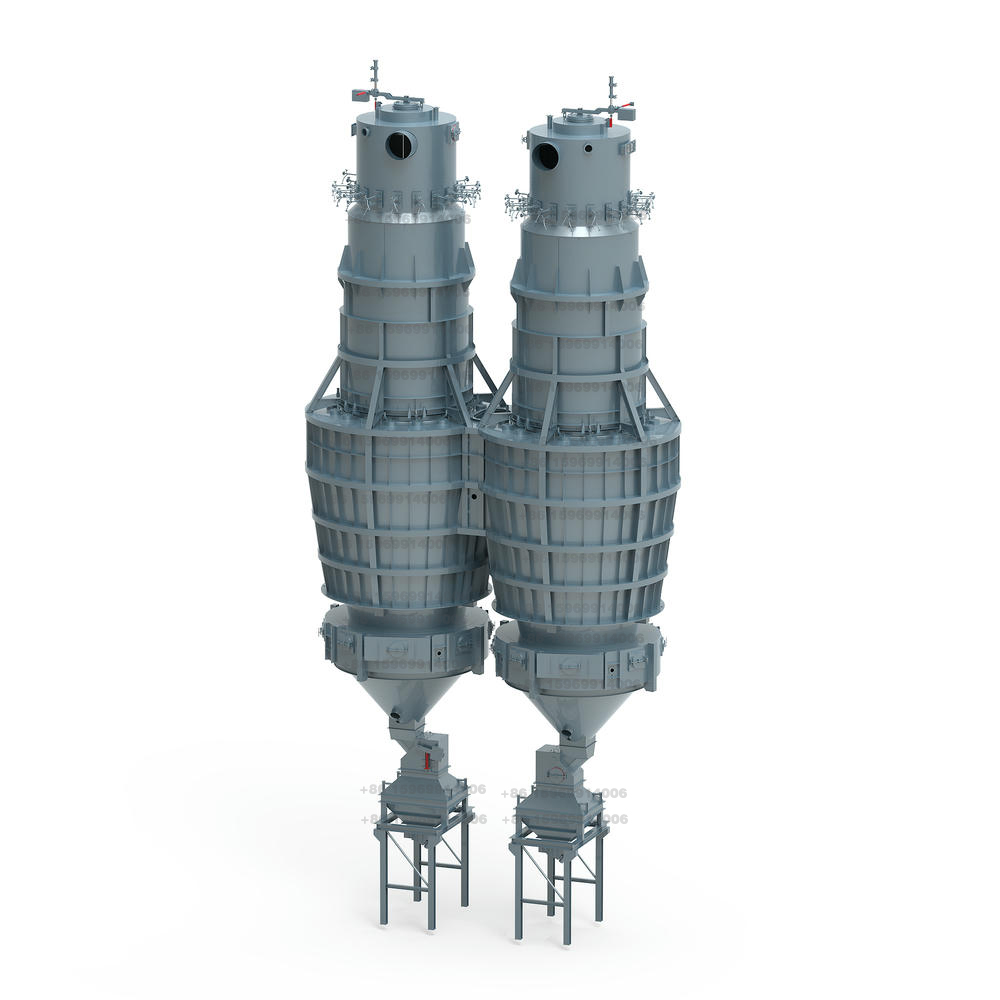Regenerative-Shaft Lime Kiln | 1200 TPD, 780 kcal/kg Efficiency | High-efficiency lime kilns -lime kiln design
Regenerative-Shaft Lime Kiln | 1200 TPD, 780 kcal/kg Efficiency | High-efficiency lime kilns -lime kiln design
The shaft kiln shell is constructed using steel structures, with the primary functions of ensuring the stability and reliability of the kiln lining, guaranteeing the airtightness of the kiln body, supporting various equipment installed on the kiln, and maintaining the proper progression of the combustion process.
The rationality of the kiln structure directly impacts the quality, output, and service life of the lime. The kiln shell is welded from 10 mm thick steel plates. To ensure structural strength and airtightness, a 16 mm thick hoop reinforcement plate is added at transverse weld joints, while 10 mm thick vertical ribs are installed on the outer surface of the steel plates, with a 12 mm thick steel plate wrapping the intermediate sections. The design accounts for thermal expansion of refractory materials during combustion, as well as outward gas expansion from limestone decomposition, preventing shell cracking or weld failure. For ease of construction and maintenance, multiple manholes and access doors are incorporated at varying heights.
Suspended-Cylinder Regenerative-Shaft Kiln
Structure & Features
– Suspended Design: The kiln is hung from an external steel frame, allowing free thermal expansion and minimizing structural stress.
– Operation:
– Raw material enters from the top, descending by gravity while interacting with rising hot gases.
– Twin shafts alternate calcination, recovering waste heat via regenerators.
– Advantages:
– Ultra-high thermal efficiency
– No bottom mechanical parts, reducing maintenance and extending lifespan.
– High automation, suitable for large-scale production
– Strict raw material sizing
Applications
– Large-scale modern lime plants
– Scenarios with strict environmental/energy standards

